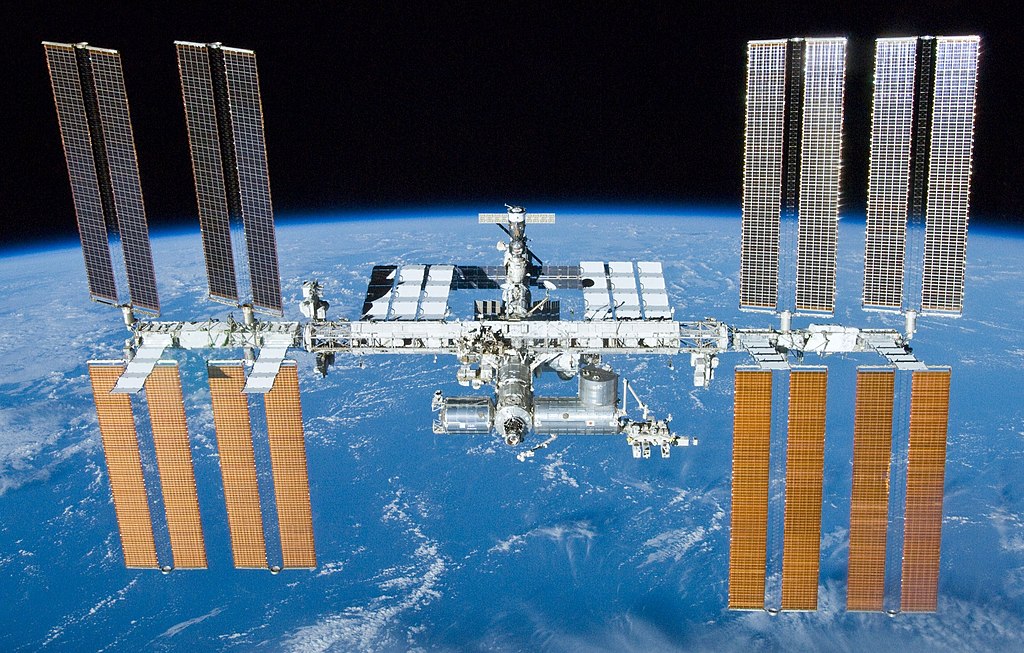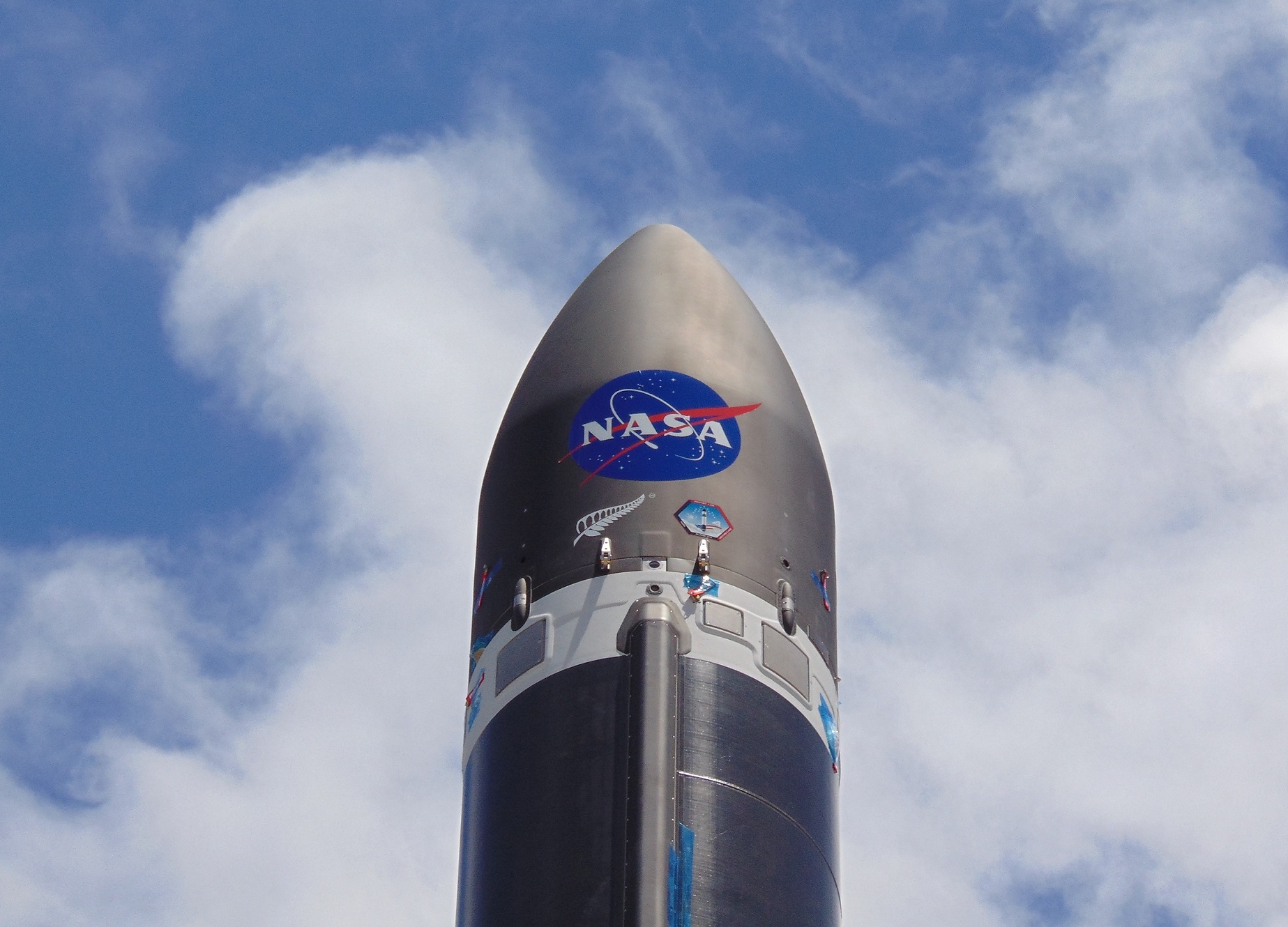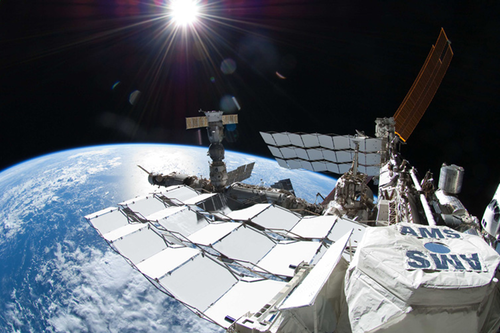An advanced modeling software developed by Cornell University has been successfully deployed and tested on the International Space Station (ISS).
As part of an experiment conducted with NASA, the ISS US National Laboratory and HP, Cornell’s modeling software was integrated into HP’s Spaceborne Computer-2 to simulate how 3D printing processes would play out in space for a desired component, and predict part quality.
“Previously, this was computationally infeasible due to discrepancies in time and spatial scales and high thermal gradients,” said Terrence Moran, a doctoral student at Cornell who designed the software. “So we developed the software with a physics-based model, made it portable, and uploaded it to the ISS.
“It was successfully run and the results were consistent with the results we’d done during our research. The timing and everything were the same.”

AM testing in space
The experiment was one of many carried out over the last year to demonstrate the functionality of HP’s Spaceborne Computer-2, which was installed on the ISS in February last year as reportedly the first commercial edge computing system with artificial intelligence (AI) capabilities.
The Spaceborne Computer-2 is designed to enable real-time processing of huge amounts of data in space and address issues of long latency and waiting times associated with relaying data back and forth to Earth. So far, experiments conducted on the machine range from processing medical imaging to DNA sequencing, and additive manufacturing is also a key candidate for testing, Moran said.
According to him, 3D printing is “absolutely critical to the things NASA wants to do with deep space exploration and going to Mars,” and this has been backed up by several additive manufacturing-related projects undertaken by NASA in recent years.
For instance, NASA has entered into partnerships with the likes of Launcher and VELO3D to explore the manufacturing of 3D printed rocket engines, and has previously worked with researchers at the Johns Hopkins University Applied Physics Laboratory (APL) to develop a solar-powered rocket propulsion technology of its own.
3D printing has also been used to design and test elements for an AI-powered lunar rover that could be deployed during NASA’s mission to return to the moon, and in the production of a habitat that accurately recreates the conditions future astronauts will experience on Mars. Last year, NASA launched a new set of scientific experiments to the ISS, one of which was a study from space systems specialist Redwire to determine the feasibility of 3D printing regolith for the on-demand construction of lunar structures.
Most recently, NASA selected California-based aerospace firm Rocket Lab to provide launch services for its upcoming VADR missions. The firm’s Electron and Neutron launch vehicles are powered by its 3D printed Rutherford engine, which has already been printed more than 100 times.

Predicting 3D printed structures in space
For the latest experiment conducted on the Spaceborne Computer-2, Cornell, NASA, the ISS US National Lab and HP teamed up to better understand and predict the deformation and failures of 3D printed structures in space.
Within the Cornell Fracture Group led by Cornell Professor Derek Warner, Moran developed a specialized modeling software capable of simulating how 3D printing processes will play out for specific components, and whether the result will be of high or low quality.
Additive manufacturing in space can be challenging and unpredictable due to the lack of gravity, differences in time and spatial scales, and radical changes in temperature. Moran refers to his modeling software as a “form of virtual printing” that will save time, material and digital bandwidth during 3D printing builds when combined with the Spaceborne Computer-2.
On January 1st, the partners conducted an experiment with the modeling software and the Spaceborne Computer-2 to simulate the 3D printing process for a desired component and predict the final structure’s quality. The modeling software proved successful, offering results that were consistent with the results seen in Moran’s prior research.
While the software presents significant benefits to deep space engineering projects involving 3D printing, it could also be an asset back on Earth, too.
“One of the allures of 3D printing is that you can manufacture locally,” said Warner. “So the neat thing about this is that, while space might be the most extreme environment, for the military or on oil rigs or other places, there’s also going to be a need for doing the same thing. This demonstrates that it’s possible.”

Space as a testing arena
The ISS has hosted numerous projects and experiments tasked with exploring the benefits of 3D printing in space. Microgravity bioprinting is one area that has received a lot of attention, in particular 3D printing living tissue in space. The likes of CELLINK, nScrypt, and Redwire’s Made in Space all have bioprinters on the ISS carrying out various 3D printing-based experiments which could provide a multitude of benefits for medicine back on Earth.
Aside from bioprinting, ceramic specialist CeramTec produced a new generation of ceramic sample containers for the ISS in July last year, as part of a project with Airbus Defence and Space, and the European Space Agency. The containers will be used to facilitate the precision measurements of certain thermophysical properties of metals, alloys, and semiconductors not possible on Earth.
Meanwhile, Redwire has unveiled plans to deploy 3D printing onboard the upcoming ‘Orbital Reef’ commercial space station, which will be complete with cutting-edge research facilities when launched into Low Earth Orbit (LEO) by 2026. The firm aims to contribute to the space station’s microgravity R&D and manufacturing activities through the technologies of its Made in Space subsidiary, as well as the station’s payload operations and deployable structures.
Subscribe to the 3D Printing Industry newsletter for the latest news in additive manufacturing. You can also stay connected by following us on Twitter and liking us on Facebook.
Looking for a career in additive manufacturing? Visit 3D Printing Jobs for a selection of roles in the industry.
Subscribe to our YouTube channel for the latest 3D printing video shorts, reviews and webinar replays.
Featured image shows the International Space Station. Photo via NASA.


